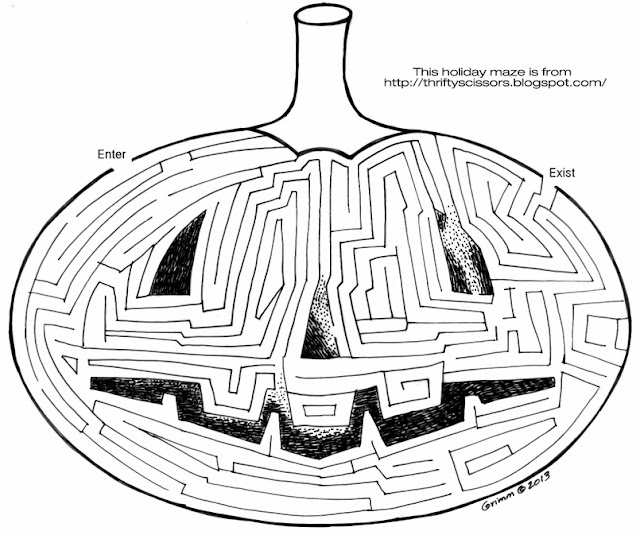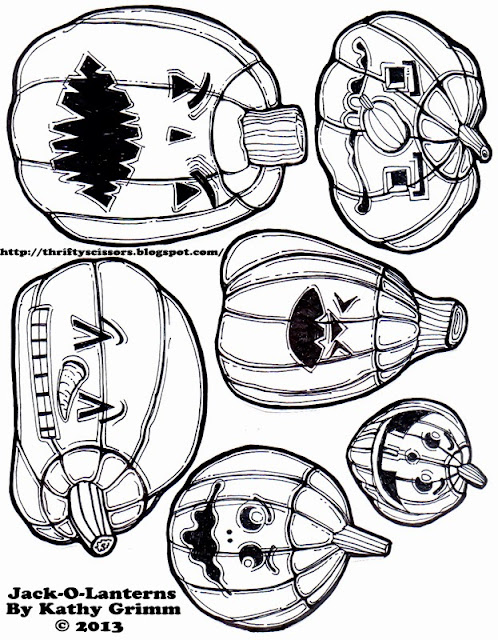 |
Chimpanzee drinking by stream.
|
The chimpanzee has the most intelligent face of all the ape tribes, using its lips to show hate, pleasure, or rage. It is not able to stand erect, but moves along resting its hands knuckles down, instead of on the palms. It has been proved that the chimpanzee has one singular habit in common with the orangutan of Sumatra, namely, that of building a sort of hammock-nest. Only the female and young occupy this nest, while the male stations himself on top. Chimpanzees are really ground apes, preferring rocky, broken country to the forest. Their food consists entirely of vegetable matter, and it is impossible to raise any crops near one of their colonies.
Many travelers have claimed that the chimpanzees carry clubs, and there seems to be no reason to doubt it. They may have copied the natives they have seen, for their imitative ability is well known, but as it has been proved that they cannot stand erect, it is almost impossible for them to use clubs to fight with. They have enormous strength in the arms, but greatest in the hands. A chimpanzee is able easily to' snap a branch that would be far beyond the strength of a couple of men.
Another curious thing about these apes is that they live in social bands, and at sundown may be heard barking and yelling before they settle down for the night. Though a chimpanzee would not risk a fight alone with a panther or other large animal, yet even an elephant will turn aside rather than face an angry crowd of these apes. Chimpanzees seldom travel alone, and if one is attacked it raises a shrill cry, and at once all the chimpanzees near by flock to
the rescue. When a band of these apes is engaged in feeding, they set a sentinel to guard, who, on the slightest sign of an alarm, utters a loud cry, which is said to resemble a human being in agony. It is promptly answered by loud barks and yells, which are increased as the alarm spreads. They flock to battle, for they are very ferocious, or else decamp rapidly.
A fine specimen of a chimpanzee, better known now as the late lamented "Sally," lived for many years at the Zoo, in London, where, from the fact that she was so intensely human, being able to do almost everything but talk, it was very popular.
We know so much more about Chimpanzees because of Jane Goodall:
 |
Connect the dots in numerical order to see ''who'' swings through the trees.
|
























